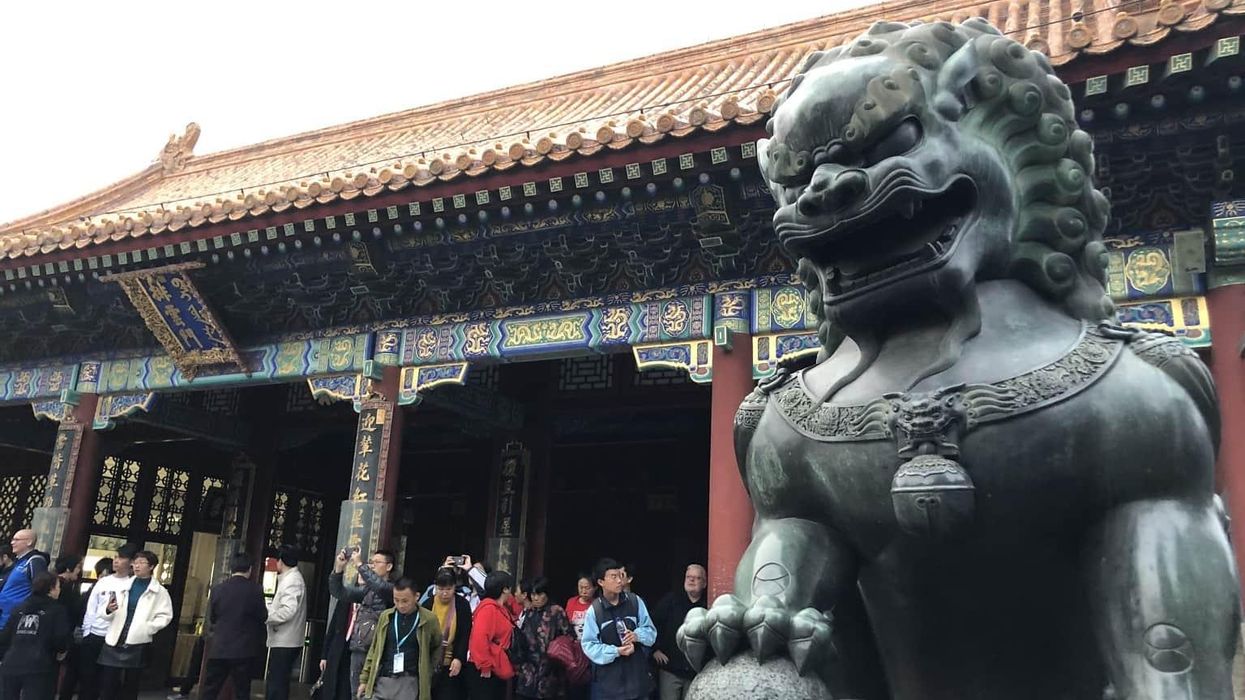Wednesday’s U.S.-South Korea summit was meant to inject more stability into the Korean peninsula's security landscape by reinforcing the alliance’s military deterrence posture against North Korea. For the first time ever, Washington and Seoul put together a separate document purely dedicated to reaffirming the U.S. extended deterrence commitment, dubbed the Washington Declaration.
They agreed to hold new table-top military drills, upgrade in both quantity and quality of the rotational deployments and visits of U.S. strategic assets to South Korea, and establish a new high-level dialogue for bilateral military and nuclear consultations.
The announcement of periodic visits of a U.S. Ohio class nuclear-armed submarine to South Korea, along with the hard-nosed message by President Biden at the joint press conference that he will destroy the North Korean regime if it attacks the United States or U.S. allies, all intended to send strong signals of resolve and threat against an increasingly aggressive and provocative Pyongyang.
It’s unclear whether any of this will compel Pyongyang to change its behavior.
To be sure, demonstrating a credible level of strength and threat is necessary in order to dissuade North Korea from engaging in destabilizing and dangerous behavior. But credibly reassuring North Korea that its self-restraint will not be taken advantage of, or that there will be clear incentives for North Korea to de-escalate and act more diplomatically also matters for effective deterrence.
Thus far, purely relying on sticks to punish and pressure North Korea has not worked particularly well. No matter the increased size and intensity of joint military exercises and regardless of the existing stringent sanctions, Pyongyang has refused to talk, launched a record-breaking number of ballistic missiles last year and remains just as belligerent, and accelerated its nuclear and missile development.
Washington and Seoul, in the joint statement, appropriately acknowledged that “diplomacy is the only viable way” of achieving peace on the Korean Peninsula. But it remains far from certain what necessary actions of reassurance they intend to take in order to convince Pyongyang that returning to negotiations is worthwhile.
Simply repeating that they are open to dialogue without precondition has not sounded incredibly credible to Pyongyang, especially when much of Washington and Seoul’s focus has been on countering North Korea militarily, squeezing the North Korean economy, and improving North Korea’s grave human rights situation. All these policies may be based on reasonable motives but undoubtedly exacerbate the longstanding North Korean suspicion of a hostile U.S. intent to fundamentally change its regime.
As one analyst points out, even if Washington says it does not have any intention to alter North Korea’s system, how can Pyongyang believe it and agree to give up or even reduce its weapons, looking at the American track record of supporting regime change in Iraq, Libya, Syria, and so on?
Convincing Pyongyang to talk would indeed require more reassuring American and South Korean gestures for diplomacy and engagement. Of course, Pyongyang’s deeply destabilizing behavior is largely to blame for how the situation on the Korean Peninsula has become so tense. But if just blaming North Korea and trying to hold it accountable by pressure and punishment has all but heightened military tension and increased the risk of conflict, it is perhaps not so wise to keep going down this road.
















